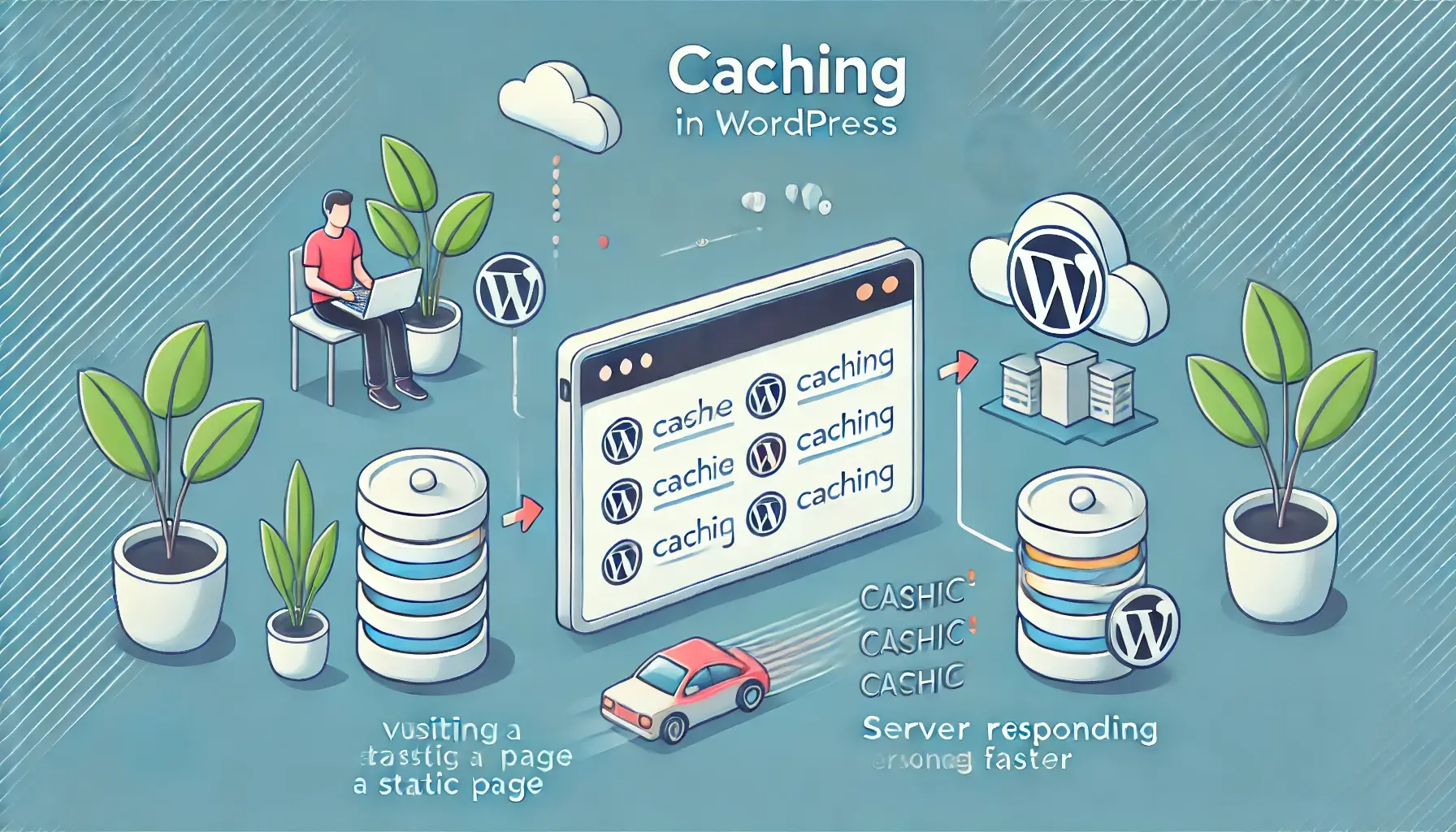WARNING:
Using WordPress Can Ban Your Blog From Ping Services.
In fact, if you have been using WordPress for a long time then by now your blog probably has been banned from ping services and you don’t even know it. Read below to learn how some major flaws in WordPress’s pinging system can get your blog banned and make it lose precious traffic. We will show you how to avoid getting penalized and give you aan AWESOME WordPress Ping List. Answer these questions:- What is the real effectiveness of pinging?
- What does pinging really mean?
- Who picks up pings?
- WordPress pings every blog change / post. Does that give WP an advantage over other CMS and blog applications?
- Is it better to setup a whole site on WP just because every page / post will be pinged?
CLICK TO ENLARGE
And that’s when magical things happen:
- Some of those websites add your blog in their directory giving you a one way link.
- Some of those websites list your blog in their recently updated blog list.
- Search engines quickly come to your blog, index it and start sending traffic.
- Blog search engines like Google Blog Search, Yahoo Search Blog, etc… also crawl and index your blog which in turn send additional traffic.
- People visiting those blog directories see your blog there and come to your blog.
- Blog rolling scripts like blogrolling.com and WordPress check update services to see if you’ve updated and then they reflect that on everyone’s site, usually by moving you to the top of people’s blogrolling list or putting a recently updated indicator by your link.
- Services like Technorati (http://technorati.com) spider your links to tell who is linking to you and who you’re linking to, almost in real time. If you show up on someone’s Technorati link list for their site (often called an “egorati search”) they’re likely to visit your site to see what you said, increasing your exposure.
- Other sites like weblogs.com and blo.gs list the most recently updated blogs and many people browse these to find something new when they’re bored.
Horrible isn’t it? But it’s true.
“Why it’s very risky to run WordPress in its current form”
By default WordPress pings whenever you post a new topic in your blog. That’s fine and that’s what we want. But do you know WordPress also pings whenever you edit and update any existing post? If you edit a post 10 times then WordPress will send 10 pings. It doesn’t matter how small or big a change you make, WordPress always pings whenever you edit. IT’S VERY DANGEROUS and if you edit your blog a lot then your blog will be banned from ping services because of excessive pinging. While pinging there’s no way to show which post has been updated. The ping command always sends the home page link of the blog. So, it’s simply useless and actually harms your blog if you ping whenever you update any existing post.“Scheduling future posts in WordPress can put your blog in trouble and give ping services all the reason to ban your blog”
WordPress has a nice feature of editing the time stamp from which you can schedule the post so that it gets published on any date in future. You may be already using this nice feature for automatically updating your blog.CLICK TO ENLARGE
But you may not know that scheduling future posts in that way will actually irritate ping services and your blog will quickly get banned from the ping services. Let me illustrate more clearly with an example why scheduling future posts can ban your blog: Say you are going for a vacation for 30 days and you want to schedule 30 posts so that your blog gets updated daily. You schedule 30 posts by editing the time stamp. Here when you post 30 posts, WordPress sends 30 pings even though that post haven’t yet appeared in your blog. After that, for 30 days WordPress won’t send a single ping, even though new posts appear in your blog. You can see WordPress pings when there’s no need risking having your blog banned and it didn’t ping when pinging is really needed.The Solution: WordPress Ping Optimizer
“WordPress Ping Optimizer plugin” corrects WordPress’s pinging system and solves all the problems listed above for even the latest version of WordPress.
After you install it:- When you create a new post, your blog will ping and notify all the ping services that it has been updated. This encourages search engines and different blog directories/services to index your updated blog properly.
- When you edit an existing post, it won’t send an unnecessary ping to ping services and saves your blog from getting banned.
- When you post a future post by editing the time stamp, it will ping only when your post appears in future. It won’t unnecessarily ping many times when you schedule posts as WordPress does by default.
DON’T FORGET YOUR PING LIST
By default when you install WordPress it comes pre-loaded with 1 Ping site. Below is a list that we have collected and screen just his month (June 2014). This list ping sites that begin receiving your new or edited content immediately.Steps for adding this list to your site
- Go to your Administration Panel
- Click on Settings
- Click on Writing
- Find the section that says Update Services
- In the box add the following sites (Just copy the below sites and paste them as is into the box)


















Nice article but have you actually used this plugin? The plugin pings drafts, which of course throws a ton of errors to the ping sites because an http code of “not 200” is returned (duh..not a live page). The plugin also pings sites twice according to the logs, so I’m not seeing this plugin being as much of an “answer” as you state in your article since everything its actually doing contradicts its very purpose. Also, I’m curious how they say the plugin is compatible with WP 3.9+ when the plugin’s last update was 9/2013, which was long before 3.9’s release?
Plugin works AMAZING for us and we have never been banned from a directory for excessive pinging. A plugin does not always require an update when WordPress is updated.It does not ping twice and the log says “NOT” pinged. Please verify you are seeing it correctly. Thanks for your feedback though and we are here to help if you need it.